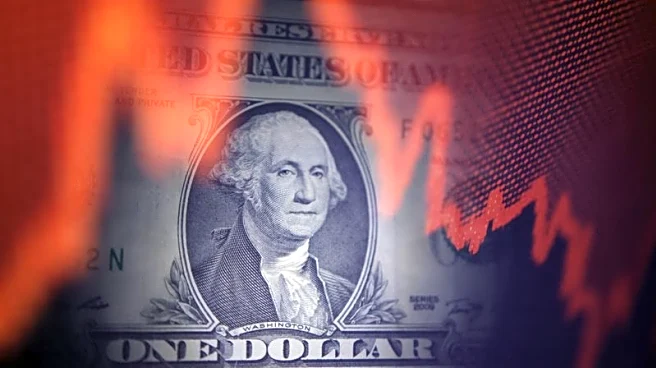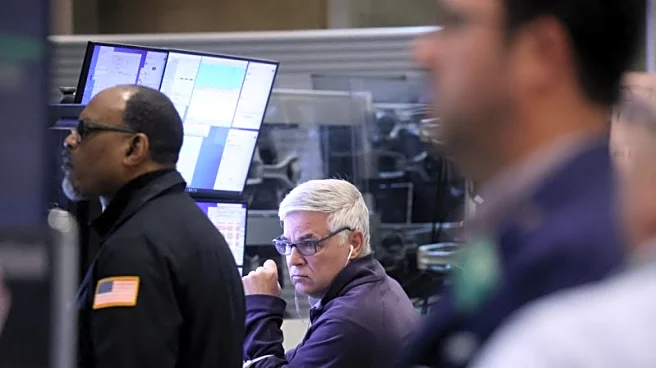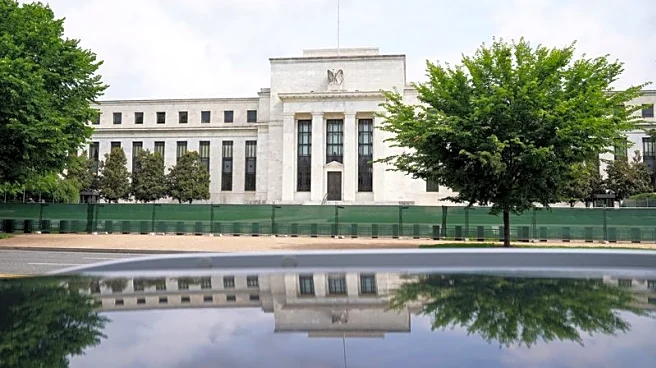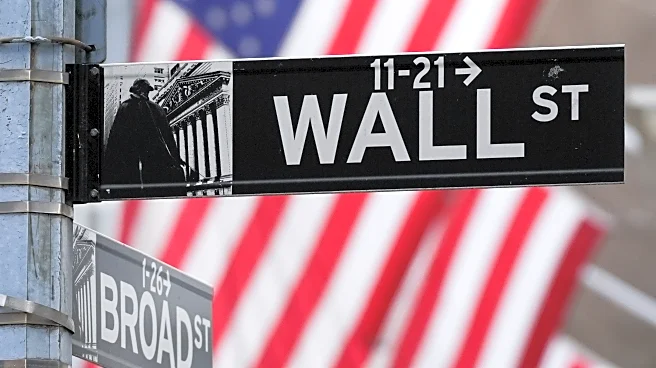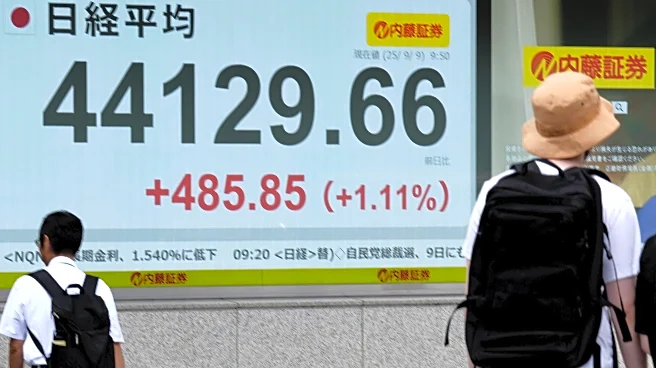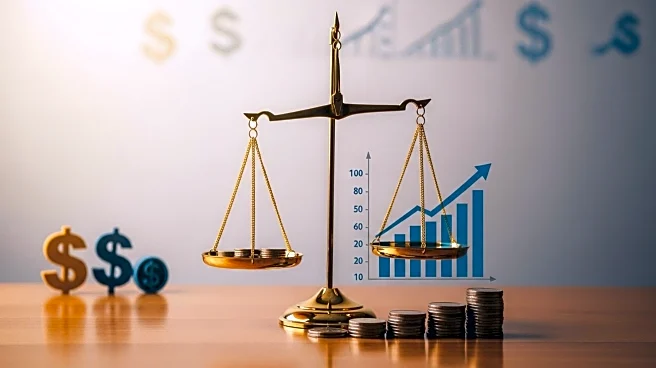By Sarupya Ganguly
BENGALURU (Reuters) -The U.S. Treasury yield curve will steepen over coming months as increasing Federal Reserve rate cut bets drive short-term yields lower even as longer-dated ones remain high, a Reuters survey of bond strategists showed.
Treasury yields have broadly fallen recently with the benchmark 10-year yield hitting a five-month low after jobs data showed a weakening labor market, exacerbated by the Bureau of Labor Statistics saying the U.S. economy created over 900,000
fewer jobs than previously estimated in the 12 months through March.
That has all but cemented expectations of a 25 basis point U.S. rate reduction this month and also ramped up bets on deeper cuts to come, despite inflation being above the Fed's 2.0% target.
Interest rate futures are currently pricing three 25 bps cuts from the central bank this year, compared to just two a few weeks ago, and at least another three more in 2026.
That has pushed bond strategists in a September 5-10 Reuters survey to broadly lower their Treasury yield projections.
The 10-year yield, currently 4.08%, would rise to 4.20% in three months and trade at that level in six, lower than the median 4.30% forecast last month, the latest survey showed. It was then forecast to rise to 4.25% in a year.
Robert Tipp, chief investment strategist at PGIM Fixed Income, said that it looked like the Fed would prioritize stopping a weakening of the labor market while accepting an above-target inflation rate.
"There's going to be an interpretation that as tariffs stabilize, we'll see the level of inflation drop down to target...But that will be a risky strategy given what we've seen post COVID, where transitory turned out to take several years," he said.
"Short-term yields will likely decline, but the center of the range for 10-year Treasuries will not change very much, allowing the curve to normalize to a more typical positive slope," Tipp added.
The interest rate-sensitive 2-year Treasury yield, currently 3.55%, was forecast to hold its level in six months and then fall to 3.40% in a year, poll medians showed.
If realized, the spread between 2- and 10-year yields would rise from around 50 bps currently to 57 bps at end-November and to 85 bps in a year - the widest since January 2022.
That reflects the consensus among analysts who answered a separate question, with 85% of them, or 17 of 20, predicting the U.S. yield curve would steepen by year-end.
One driver for the steepening is a rising term premium - compensation for holding debt over time - fueled by rising fiscal deficits from President Donald Trump’s tax-cut and spending package, persistent tariff uncertainty and questions over the Fed's independence.
That has left investors wary of cracks in the bond market after recent whipsaw moves, warning fiscal risks and White House pressure on the Fed to cut rates may be underpriced.
“Fiscal debt was a risk the market didn’t really pay attention to for quite some time, and then it was the only thing they paid attention to," said Connor Fitzgerald, fixed income portfolio manager at Wellington Management. "It’s somewhat reflected in the price, I’d say. But over time, larger deficits are a force that will push longer-dated Treasury yields higher."
(Reporting by Sarupya Ganguly; Analysis by Jaiganesh Mahesh; Polling by Mumal Rathore; Editing by Kirsten Donovan)
